UK Paper Back Cover Art: Rates and Trends by Guest Author, Bryn Havord
Trends were very much the same here in the UK, although the fees paid were, of course, different to those paid in the USA: we in the UK were always the poor relations.
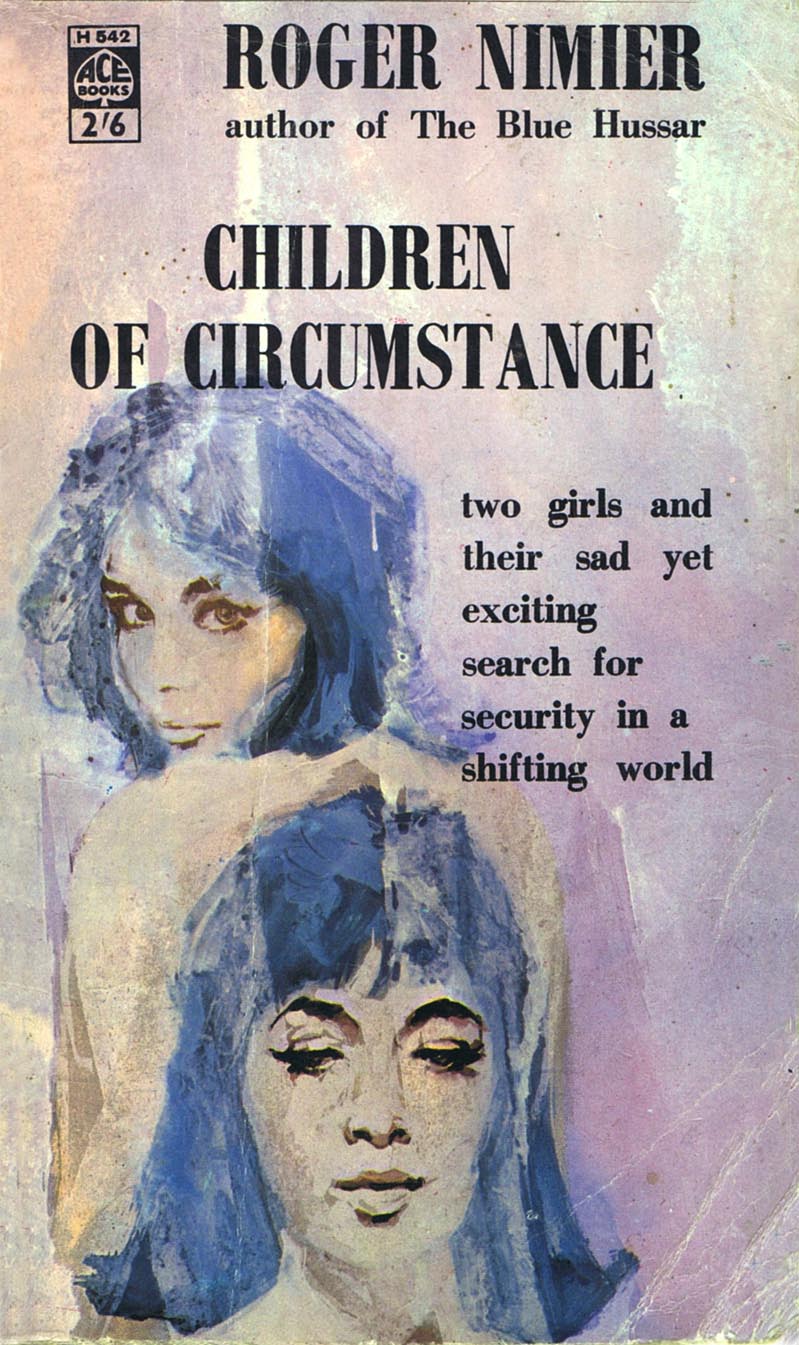
As in America, in the mid 1960s here, TV started to seriously damage ad revenues in magazines, paginations went down, and there was a decline in interest in fiction in the women's magazines.
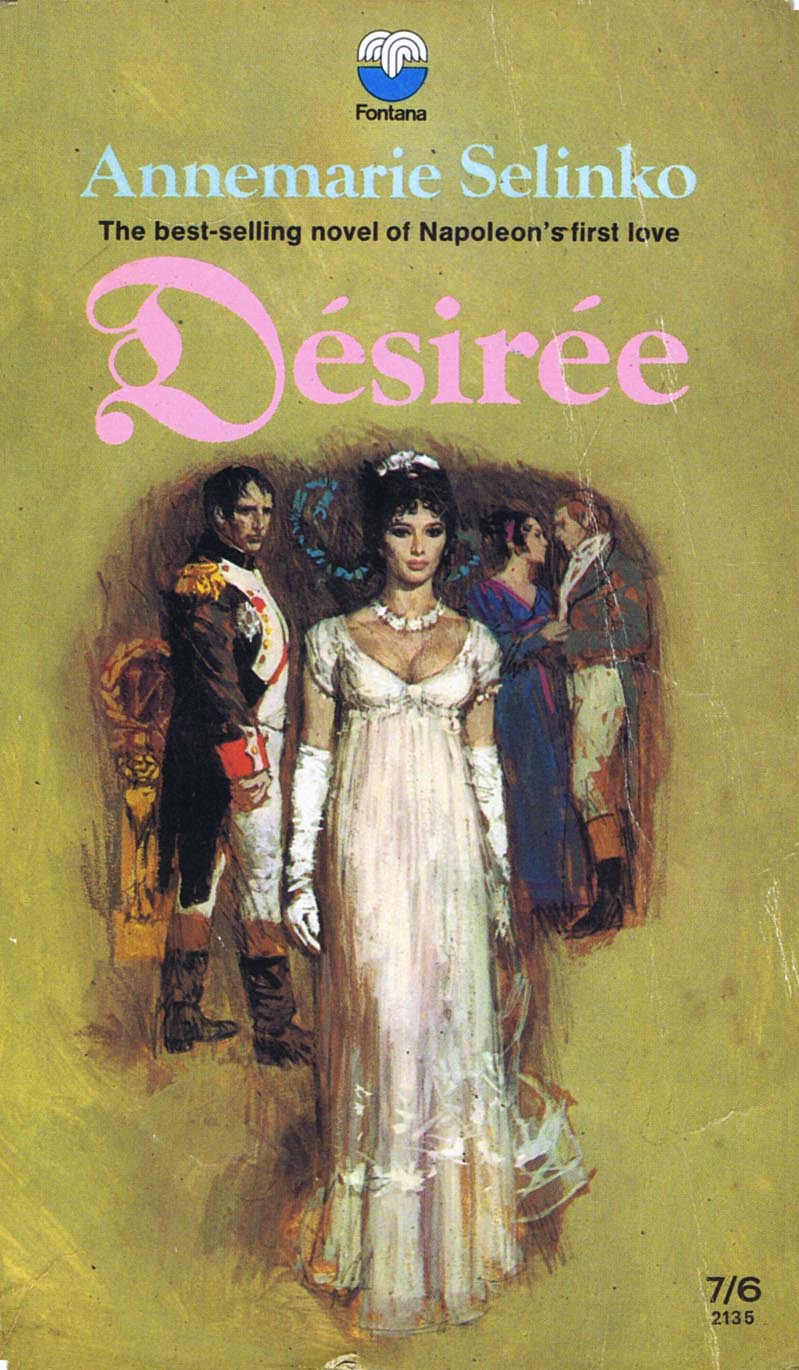
When I left my job as associate editor and art director of Woman's Mirror magazine, I went to work in national daily newspapers. The main reason for my decision was that I didn't like the way marketing and sales departments were starting to influence the type of illustration used, and the trend to use more photography to illustrate some of what little fiction was still being published.
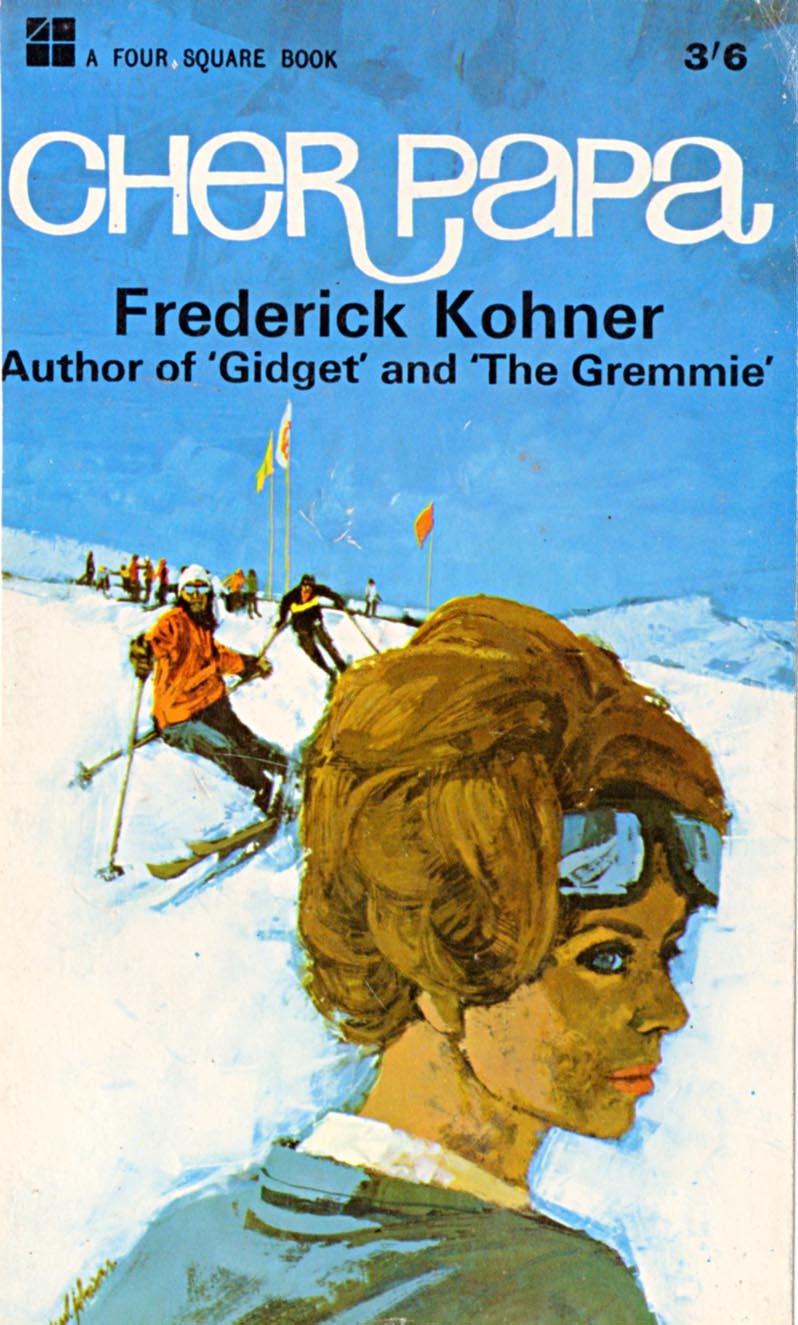
This trend was even more serious in paperback book publishing. I thought that the early to mid '60s was really exciting with the variety of work being produced by illustrators here in the UK and the USA. In particular, Bernie Fuchs, Bob Peak and Robert Heindel and so many others in the USA, and Walter Wyles, Michael Johnson and Brian Sanders, and so many others, here in the UK.

For five years from 1960 until 1965, I found every working day highly charged with excitement. Not only with the work I was doing, and the work I was commissioning from British artists, and with the second rights material available from the US. Moreover, going into W H Smiths, our main newsagents and paperback book sellers, was a must every week as we didn't want to miss any of the terrific work being published in the magazines, newspapers and paperback books.

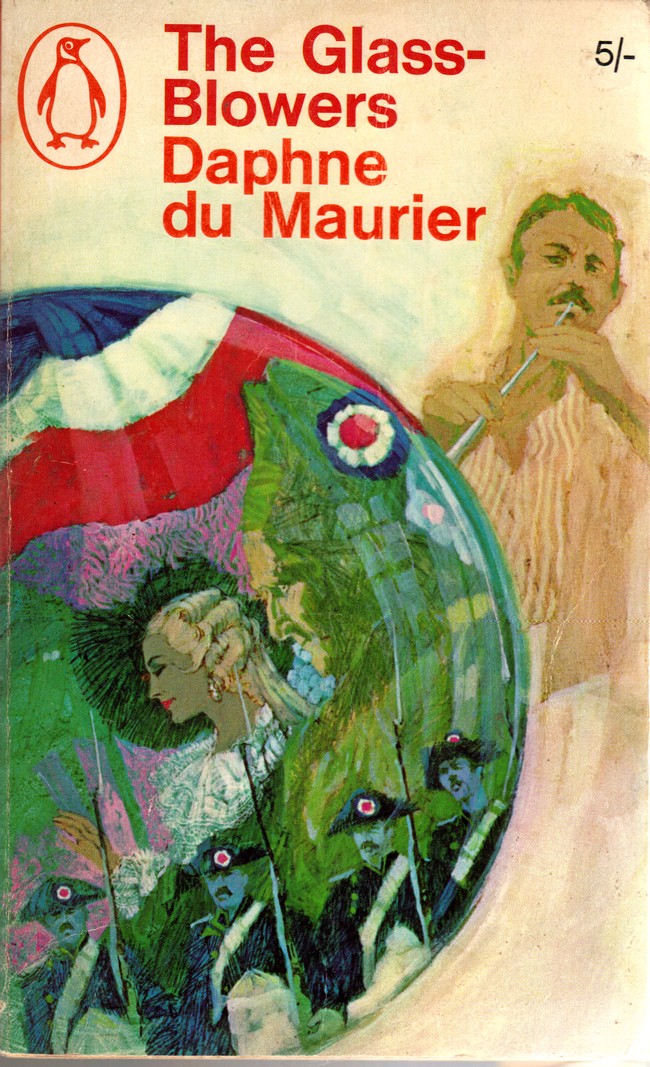
As a rough guide, in the sixties the average fee for a paperback cover was £100.00: in the seventies £350.00, and in the eighties £750.00. These were not giant leaps forward, but merely keeping pace with inflation. (If I remember correctly there were $2.40 US to £1.00 in the mid '60s, and today it's around $1.60 US to £1.00.)
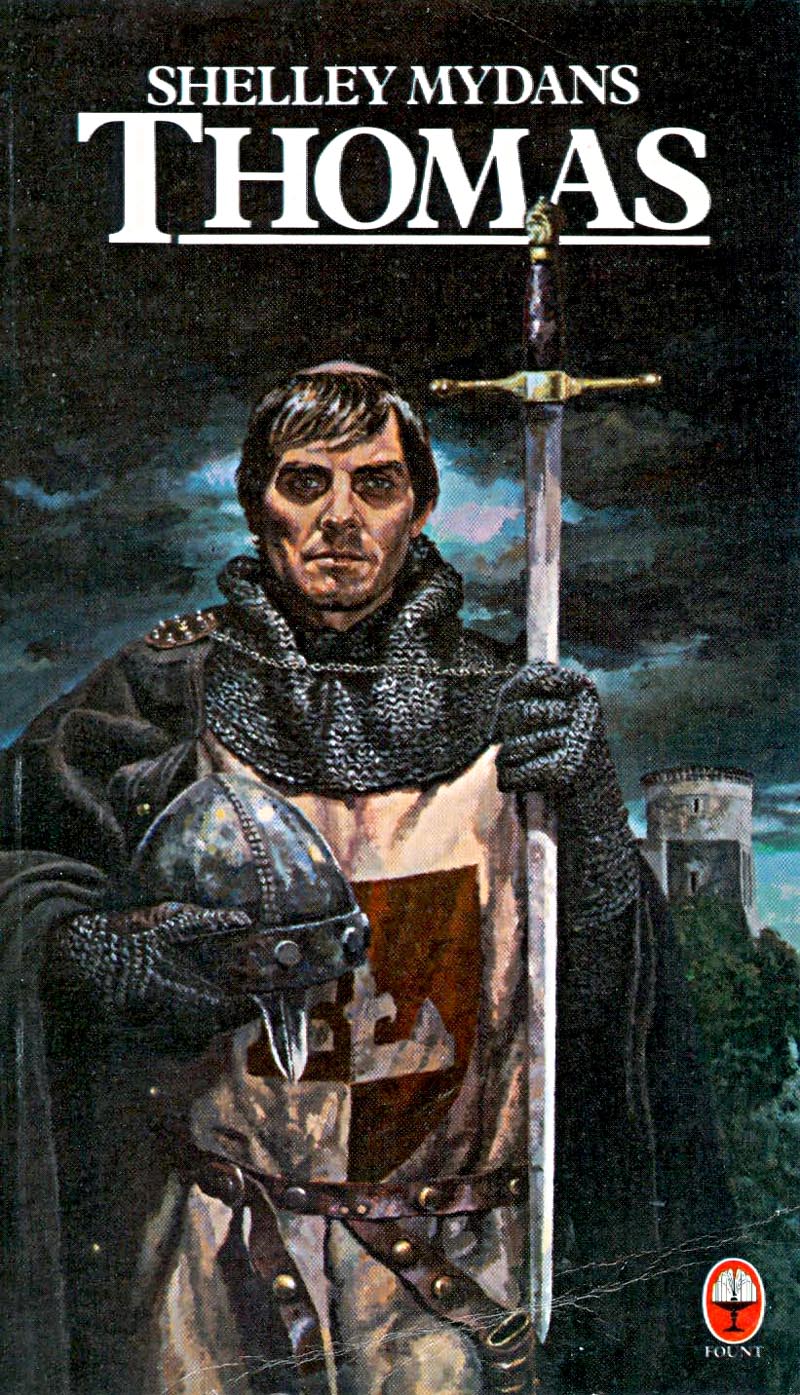
Furthermore, not many of us were as fortunate as our America cousins when if came to rights. It was pretty rare for any of us to retain any reproduction rights, with syndication departments of magazine and paperback publishers selling the rights to our work many times over.

Brian Sanders has just told me, which I had forgotten, that the most serious influence on paperback book art directors were the sales and marketing departments. If a book achieved impressive sales, the next few books had to look the same. Increasingly, photographs were being used. Those specifically commissioned by art directors were good, but the increasing trend was to buy stock photographs which, of course, were cheaper, and easier to obtain.
I know from experience, that commissioning art work from illustrators is a highly skilled job, and I hear that there are not many art directors today, who are possessed of the necessary skills.
I attach two examples: a variety of paperback covers produced in the '60s using illustrations...
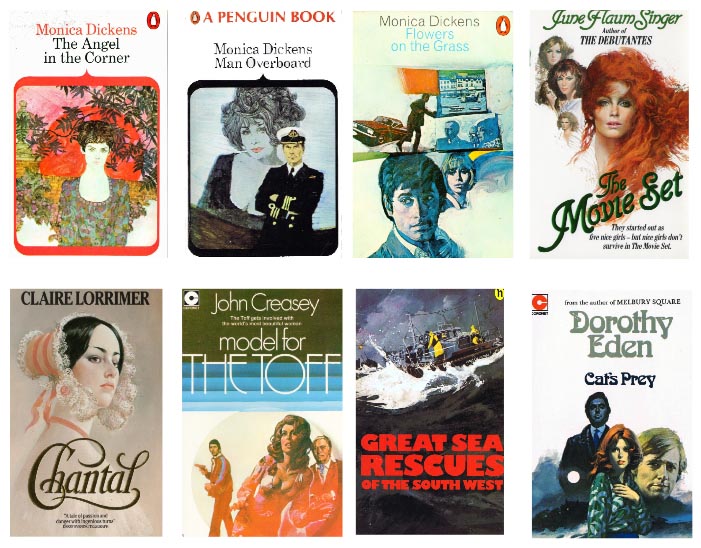
... and some recently published paperbacks using photographs.
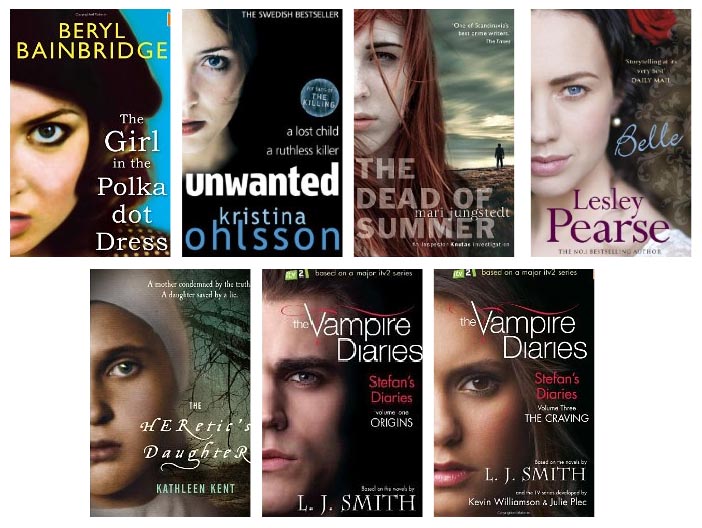
I'm sure that you will see the variety in Brian Sander's work, even for two books in the same series (the Monica Dickens covers), as well as the variety of the work produced by the other illustrators who include Walter Wyles and Michael Johnson.
Don't you think the illustrations and covers produced over 45 years ago knock spots off the recent photographic crap?
Oh well, that's progress!
I was just commenting on this exact issue to my design class. If you look at the shelves of book covers at a book store. They tend to all blend in together. Same design, same colors same-same-same. No guts - no glory!
ReplyDeleteDon't forget the typography! Far more variety and expression in the old days. There are no suprises in the various genres these days. You occasionaly come across something interesting such as A Short History of Tractors in Ukranian and Arthur and George by Julian Barnes.
ReplyDeleteWhile tools like Adobe Illustrator and Photoshop have made it relatively easy to produce artwork that used to be considered complicated, they have also allowed an army of cubicle hacks to churn out a body of mediocre work devoid of artistic talent, skill and design aesthetics.
ReplyDeleteCrop a photo close-in, use a healing brush and clone tool to retouch, superimpose some type. 30 minutes and done.
It's part of the great commodification of once hard-earned skills -- nowadays almost anyone with a computer can be a "web designer," "graphic artist," "publisher," or even "programmer."
Most of them won't be any good at it, but the sad part is, most others won't notice.
I'm no Luddite. But I recognize that the computer is merely a tool that can magnify skill ... or magnify its absence.
God, I hate photographic covers.Especially this kind of dull characterless portrait approach.It's not even as if they're using good photographers. And dont even get me started on Rankin....
ReplyDeleteThanks for sharing these awesome illustrated covers. The photographic pieces are not a patch on the hand crafted pieces.
ReplyDeleteI think it's a sign of the pressures of modern design that art directors don't and can't spend the time necessary to create better covers. I'm sure many would be more than capable given the time. Account handlers and those managing the deadlines have a lot to answer for.
As an illustrator for the past 20 years, I have seen a drastic decline in the knowledge of designers and art directors when it comes to commissioning illustration. Some recent clients seem to have rarely if ever bought a piece of actual art. This generation of designers has been taught that if you need an illustration or photograph, you search a stock database until you find something you can manipulate until it is "close enough" to what you thought you wanted. Or worse yet, they sift the stock sites to generate their initial idea! What happened to creativity? What happened to finding a great artist and then letting them do what they do best. Don't even get me started on how heavy handed art direction has gotten in the past ten to fifteen years. At the university where I teach, I get a section of Illustration 1 each year that is only for graphic design majors. I love that by the end of the semester, most of them have a greater understanding and appreciation for not only what goes into making a great illustration, but that hopefully they won't be afraid to go out and actually commission some! Lets get back to trusting all the fabulous artists out there.
ReplyDelete"Oh well, that's progress"...you probably have summed it up and your comparison here between illustrations and photographs well illustrates the point.
ReplyDeletePerhaps we have descended to the bottom of the valley: may be an uphill struggle (nothing wrong with that;-))- but all that creative energy will have a comeback for sure.
And why not be a Luddite? It's not about some fictitious idea of "progress." It's about taking money out of the pockets of artists and putting it into the pockets of the guys in suits, by using machines to replace skilled labor. Same old story.
ReplyDelete